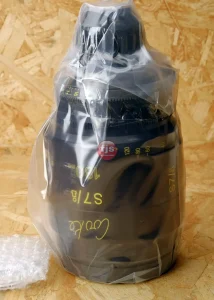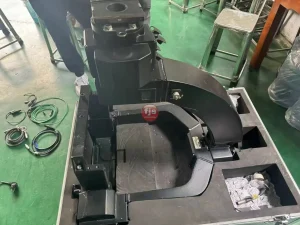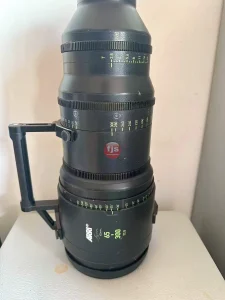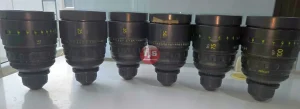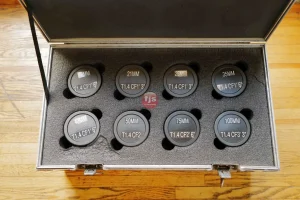Introduction:
Lens distortion is a common optical aberration that affects the image quality of photographs. Understanding lens distortion, its causes, and how to minimize its impact is essential for photographers who strive for optimal image quality. In this post, we will delve into the subject of lens distortion, exploring its definition, the factors contributing to it, and techniques to mitigate its effects. By the end of this article, you will have a comprehensive understanding of lens distortion and be equipped with practical knowledge to enhance your photography skills.
Key Features and Benefits:
- Definition and explanation of lens distortion
- Identification of factors causing lens distortion
- Techniques to minimize and correct lens distortion
- Improved understanding of optical aberrations and their impact on image quality
- Enhanced ability to capture distortion-free photographs
Outline:
- What is lens distortion? (Definition and Types)
- Explanation of lens distortion as an optical aberration
- Overview of barrel distortion, pincushion distortion, and mustache distortion
- What causes lens distortion?
- Relationship between focal length and lens distortion
- Impact of lens design and construction on distortion
- Influence of lens elements and curvature on distortion
- How does lens distortion affect image quality?
- Distortion’s impact on straight lines and geometric accuracy
- Distortion’s effect on object proportions and shapes
- Implications for architectural, product, and portrait photography
- Techniques to minimize lens distortion:
- Choosing lenses with low distortion characteristics
- Understanding the concept of focal length and distortion
- Using lens correction tools in post-processing software
- Correcting lens distortion in post-processing:
- Overview of software tools for distortion correction
- Step-by-step guide to correcting distortion using popular software
- Tips for achieving natural-looking results
Conclusion:
Lens distortion is an optical aberration that can significantly impact the quality of your photographs. By understanding its causes and implementing techniques to minimize and correct distortion, you can elevate your photography skills and produce distortion-free images. Remember, choosing the right lens, understanding focal length, and utilizing post-processing software tools can greatly enhance your ability to capture visually accurate and compelling photographs.
List of Questions and Answers:
- What is lens distortion?
Lens distortion refers to the optical aberration that causes straight lines to appear curved or distorted in photographs. - What are the different types of lens distortion?
The main types of lens distortion are barrel distortion, pincushion distortion, and mustache distortion. - What factors contribute to lens distortion?
Factors such as focal length, lens design, lens elements, and curvature all contribute to the occurrence of lens distortion. - How does lens distortion affect image quality?
Lens distortion can distort straight lines, alter object proportions, and affect the accuracy of geometric shapes in photographs, thus impacting image quality. - How can lens distortion be minimized?
Minimizing lens distortion can be achieved by selecting lenses with low distortion characteristics, understanding the relationship between focal length and distortion, and using lens correction tools in post-processing software. - How can lens distortion be corrected in post-processing?
Lens distortion can be corrected using specialized software tools that allow adjustments to be made to counteract the distortion effects. This process involves mapping out the distortion and applying corrective transformations to the image.


